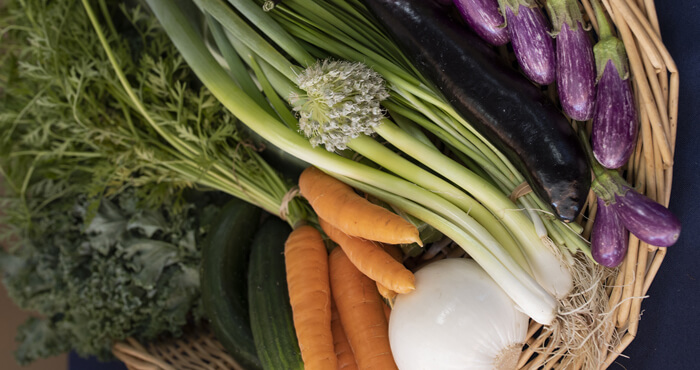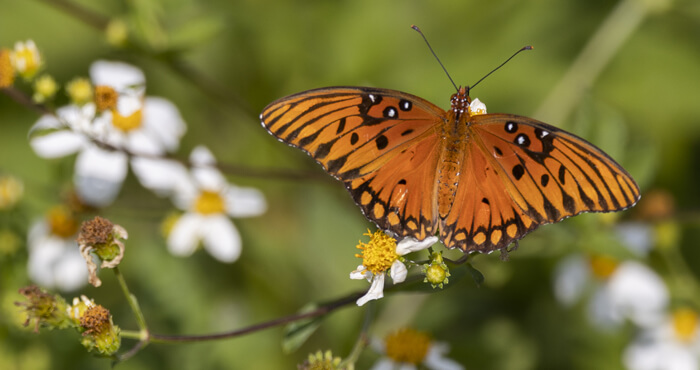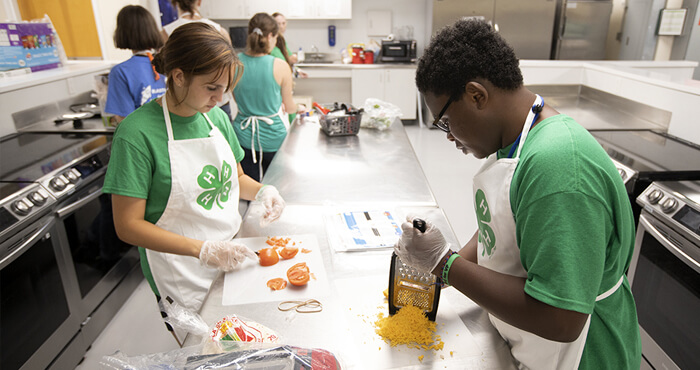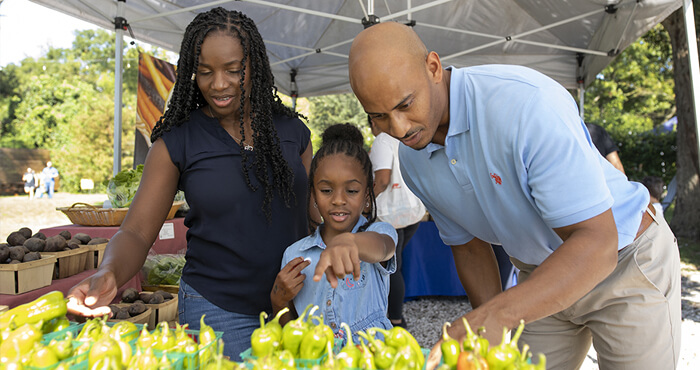
Red Crape Myrtle Varieties
Introduction
Selections of crape myrtle (Lagerstroemia spp.) with true red flowers are now widely available, thanks to new and dramatic improvements in crape myrtle flower color. As with other colors of crape myrtle, red crape myrtle varieties are free-flowering and will continue to produce flowers throughout summer and on into autumn. Moreover, red crape myrtle varieties are available in all sizes, suitable for any sunny spot in the yard or in containers.
The Story of Red Crape myrtles
Wild crape myrtles from Southeast Asia have flower colors ranging from white to pale lavender to watermelon-pink. Gardeners have long sought crape myrtles with clearer and more intense flower colors, but true red flowers have always been elusive. Finally in 1997, after years of intense breeding, Dr. Carl Whitcomb introduced Dynamite®, the first crape myrtle with true red flowers.
Dynamite® was widely acclaimed for its red flowers and became hugely popular, inspiring searches for more red crape myrtle varieties. Following this, Dr. Whitcomb and other breeders continued to introduce new selections with true red flower color.
All Sizes & Shapes
Not only do we now have crape myrtles with true red flowers, but they are also available in different sizes suitable for various garden uses. Single- or multi-stemmed tree-form crape myrtles are ideal as flowering specimen trees or as small, flowering trees near patios, walkways, and entrances.
Shrub forms make excellent accents in a shrub border when planted in groups. Dwarf plants are effective as large groundcovers, perennial bedding plants or container plants. Tree-size crape myrtles grow more than 12’ tall in ten years. Semi-dwarf crape myrtles grow between 4’ and 12’ tall in ten years, and dwarf crape myrtles generally stay shorter than 4’, at least during the first five years.
Planting & Garden Care
All crape myrtles need full sun. This is especially true with red crape myrtle varieties since shade or cloudy weather can cause some selections to lose their red flower color.
As with other crape myrtles, they are drought-tolerant once established, but extra water encourages faster and larger growth. The same situation applies with fertilizer: crape myrtles don’t require it but will grow faster if fertilizer is applied.
Crape myrtles are tolerant of most planting conditions, with two exceptions. First, crape myrtles grow poorly in wet soils. Second, crape myrtles should not be planted too deep. Crape myrtle root systems grow best in well-aerated soil or near the soil surface, and plant growth, flowering, and vigor are reduced when root systems are planted below the soil level or in wet, poorly drained soils.
Crape myrtles generally require little pruning if properly placed in the garden. Occasional pruning to improve plant shape may be done anytime after leaves have fallen. However, avoid hard pruning that removes stems or branches three or more inches in diameter. This severe pruning results in excess leafy growth, sprouting and delayed flowering.
Tip pruning to remove old flower clusters promotes reflowering but is not practical for large plants or low maintenance gardens. Tip pruning is largely unnecessary on many newer red crape myrtle varieties since they naturally repeat-bloom.
For best results and low maintenance, choose a selection whose ultimate size fits its place in the garden. With the new selections now available, a red-flowered crape myrtle is available in any size.
Future Selections
Breeders are continuing to improve and introduce new crape myrtles, and it’s hard to keep up with all the new crape myrtles. The list below describes some of the earlier introductions of red-flowered crape myrtles.
Characteristics of Red Crape Myrtle Varieties
Dwarf Red-flowered Crape myrtles
These small varieties grow up to 4’ tall.
- Petite Red Imp™. Good red flowers on a plant with a rounded form. Trademarked name of Monimp.
- Tightwad Red®. True red flowers on a rounded plant with dense foliage. Trademarked name of Whit V.
- Victor. Great red flower color on a dwarf plant with a narrow form.
Semi-Dwarf Red-flowered Crape myrtles
These medium-sized varieties grow from 4’ to 12’ tall.
- Cheyenne. Bright red flowers on this new cultivar from the U.S. National Arboretum. Since it is a hybrid, it should be disease-resistant.
- Christiana. Deep red flowers on an upright-rounded plant. Flowers earlier than most other selections.
- Siren Red®. Dark red flowers on this new selection. Trademarked name of Whit VII.
- Tonto. Fuchsia red flowers on this disease-resistant hybrid with a rounded form.
Tree-Size Red-flowered Crape myrtles
These large varieties grow to over 12’ tall.
- Arapaho. Good red flowers on this new hybrid from the U.S. National Arboretum. Should be the best disease-resistant red crape myrtle.
- Centennial Spirit. Dark red flowers on a stiffly upright plant.
- Dynamite®. True red flowers on a stiff, upright-rounded plant. Cloudy weather can fade some flowers to the point they turn white. Trademarked name of Whit II.
- Red Rocket®. Large clusters of cherry-red flowers on an upright-rounded plant. As with Dynamite®, cloudy weather fades red color and causes flecks of white on flowers. Trademarked name of Whit IV.
Resources
Other UF/IFAS Sites
- Gardening Solutions
- Entomology and Nematology Department
- Environmental Horticulture Department
- FAWN: Florida Automated Weather Network
- Florida-Friendly Landscaping™ Program
- Florida Master Gardener Program
- IPM Florida
- Pesticide Information Office
UF/IFAS Publications
State & Federal Agencies
- Florida Department of Agriculture and Consumer Services (FDACS)
- Florida Department of Environmental Protection (FDEP)
- Florida Energy Systems Consortium (FESC)
- U.S. Environmental Protection Agency (EPA)
- USDA Plant Hardiness Zone Map--U.S. National Arboretum
Organizations & Associations
- American Community Gardening Association
- American Horticultural Society
- Florida Native Plant Society
- Florida Nursery, Growers and Landscape Association (FNGLA)
- North American Native Plant Society
Other Sites & Publications
UF/IFAS Mobile Web Apps





.jpg)

.jpg)
